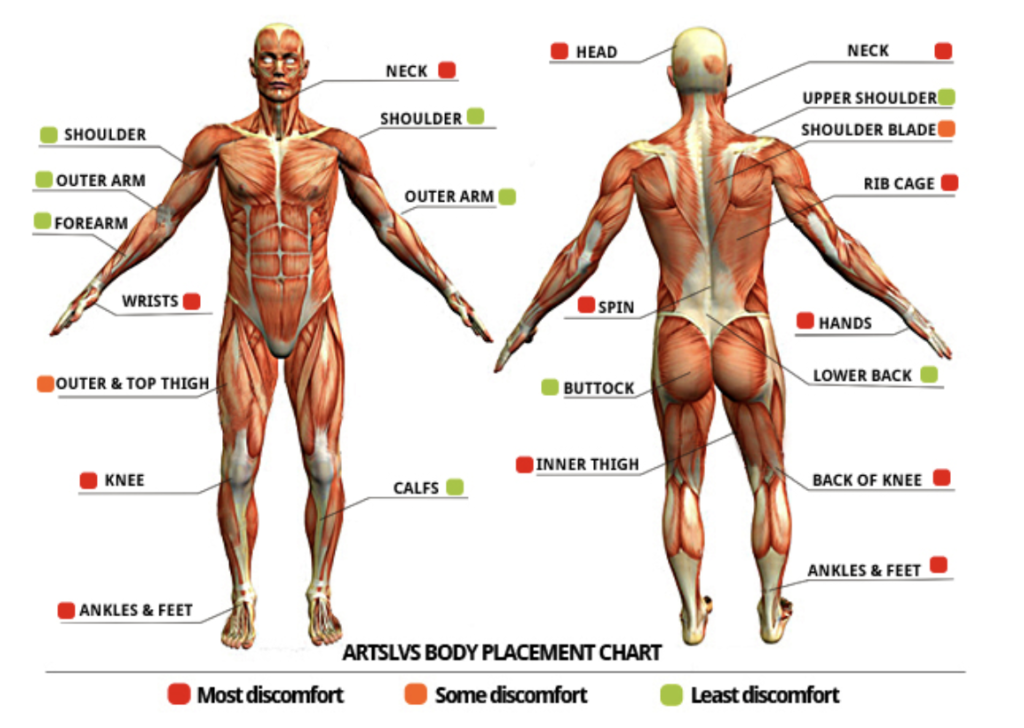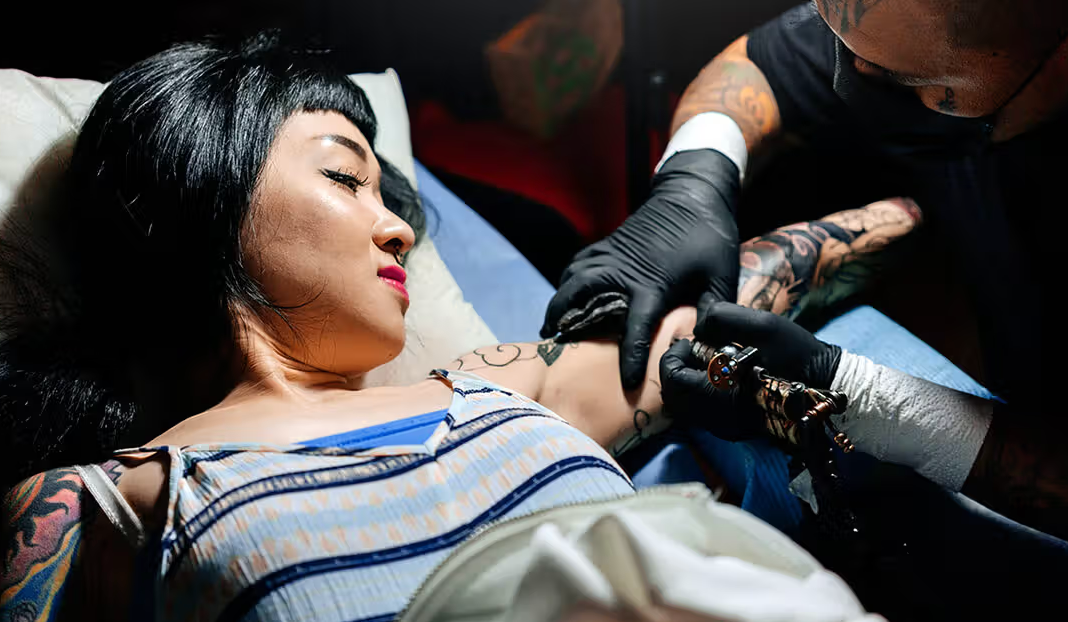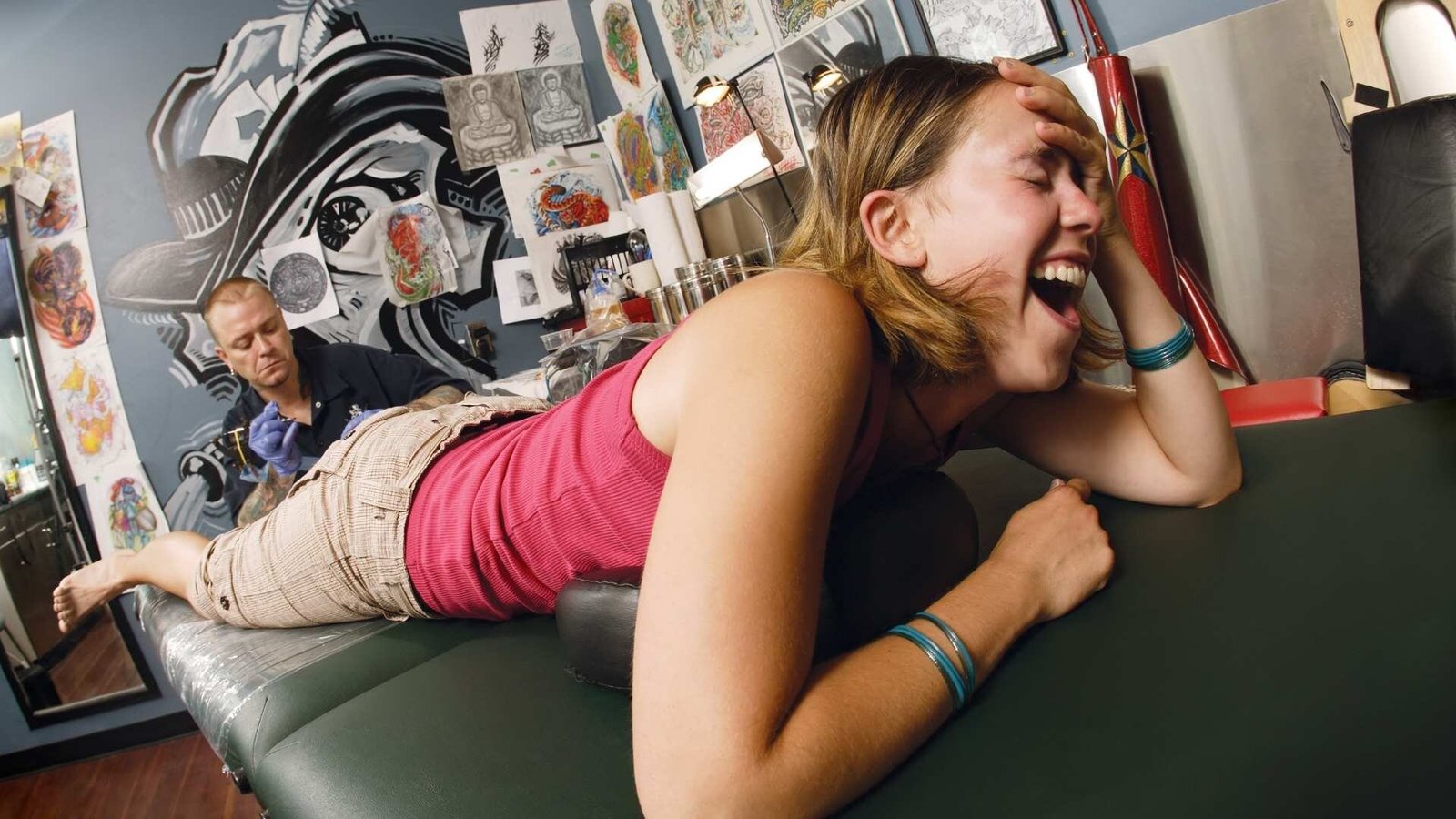

When it comes to tattoos, pain is an unavoidable part of the process. However, the perception of tattoo pain and how individuals cope with it can vary significantly between genders. While pain tolerance and perception are highly individualized, several biological, psychological, and social factors play a role in shaping these differences. This article delves into the fascinating interplay of these factors, exploring why men and women might experience tattoo pain differently.
Biology is one of the key factors influencing how pain is perceived, and this applies to tattoo pain as well. Research suggests that hormonal differences between men and women contribute to variations in pain thresholds and tolerance.
The Role of Hormones
Women’s pain perception can fluctuate due to hormonal changes throughout their menstrual cycle. Estrogen, in particular, has been linked to the modulation of pain. During certain phases of the cycle, women may experience heightened sensitivity to pain, making tattoo sessions more uncomfortable. Conversely, during periods when estrogen levels are high, pain tolerance may improve.
Men, on the other hand, typically have a more consistent hormonal environment, with testosterone playing a role in increasing their pain tolerance. However, this does not mean men are immune to tattoo pain; factors like individual physiology and the tattoo’s location also play a significant role.
Skin Sensitivity
Women’s skin tends to be thinner and more sensitive compared to men’s, which can make tattoos more painful in certain areas. Additionally, women often have a higher density of nerve endings in some parts of their bodies, amplifying their pain experience.

Pain is not just a physical sensation; it’s also shaped by psychological factors. Men and women often approach pain—and their coping mechanisms for dealing with it—differently due to social conditioning and individual psychological traits.
Coping Mechanisms
Studies have shown that women are generally better at verbalizing pain and seeking support, which can make the experience of getting a tattoo less painful. and stressful. By openly communicating with the tattoo artist about discomfort, women may feel more in control, which can positively influence their perception of pain.
Men, however, may be more likely to suppress their pain, partly due to societal expectations of masculinity. While this stoicism might seem like an advantage, it can sometimes lead to greater stress and a heightened perception of pain.
Anxiety and Anticipation
Anxiety levels before and during a tattoo session can significantly impact how pain is perceived. Women may experience higher levels of anticipatory anxiety, which could make the tattooing process feel more painful. On the other hand, some men may underestimate the pain, leading to a greater shock when the actual tattooing begins.
Societal norms and cultural expectations play a subtle but significant role in shaping how men and women perceive and react to tattoo pain.
Societal Expectations
Men are often expected to “tough it out” when experiencing pain, which might make them less likely to express discomfort during a tattoo session. Women, on the other hand, may feel less pressure to hide their pain, which can lead to a more honest expression of their experience.
Tattoo Trends by Gender
The placement and size of tattoos often differ between genders, which can influence pain levels. Women are more likely to choose intricate designs in highly sensitive areas, such as the ribs, spine, or feet, while men may opt for tattoos on areas like the arms or back, which are less sensitive in comparison. These trends can skew the perception of gender differences in pain tolerance during tattooing.

Several studies have attempted to quantify the differences in pain perception between men and women. Research consistently shows that women report higher levels of pain intensity compared to men. However, women also tend to rate the pain as more tolerable in the long run, possibly due to their ability to process and adapt to pain differently.
Men, while generally reporting lower pain intensity, may find the experience more mentally taxing. This discrepancy highlights the complex interplay of biological, psychological, and social factors in pain perception.
Regardless of gender, there are strategies to make the tattoo experience more comfortable: